A Local’s Guide to Whangaumu Bay (Wellington’s Bay Reserve)
As someone who’s lived in Northland most of my life, I can tell you that Whangaumu Bay, or Wellington’s Bay as many still call it, is one of the true gems of the Tutukaka Coast. Located just 30 minutes northeast of Whangārei, this pristine stretch of coastline offers the perfect blend of natural beauty, family-friendly amenities, and authentic Kiwi beach culture that draws both locals and tourists year after year.
While officially named Whangaumu Bay, locals have long referred to it as Wellington’s Bay. You may hear both names used interchangeably by locals. No one seems to know for sure, but the Wellington’s Bay name is probably a reference to an early European resident. There is a “Wellington Place” in the middle of the settlement. No matter what you call it, this stunning beach delivers an unforgettable experience that captures the essence of Northland’s coastal magic.
Natural Splendour and Geographic Setting
Whangaumu Bay features pristine white sand beaches and crystal-clear turquoise waters, creating a postcard-perfect setting along the scenic Tutukaka Coast. The bay forms a graceful crescent of fine white sand, protected by surrounding headlands that create naturally sheltered swimming conditions. From the beach, you can enjoy breath-taking views of the Hen and Chicken Islands, adding to the dramatic seascape that defines this stretch of coastline.
The surrounding cliffs and Pohutukawa trees add to the bay’s charm, offering natural shade during the summer months when these iconic New Zealand Christmas trees burst into brilliant red bloom. The combination of white sand, turquoise waters, and verdant native bush creates a quintessentially New Zealand beach experience that photographers and nature lovers find irresistible.
A Great Beach for Families
What truly sets Whangaumu Bay apart is its reputation as one of Northland’s best family-friendly beaches. The bay offers calm waters and gentle slopes ideal for children, with safe swimming areas perfect for families. We took our kids here when they were little, and like many Northland parents, found it to be one of the safest beaches around. The sheltered nature of the bay provides protection from ocean swells, creating ideal conditions for young swimmers and paddlers.
The northern end of the beach features tidal rock pools and a rocky island, perfect for children’s exploration. These natural playgrounds offer endless fascination for young adventurers, with tidal rock pools and swimming holes providing opportunities to discover marine life during low tide. Between the rocks, families will find lovely gentle paddling areas with sandy bottoms and gently sloping walls, creating safe, natural swimming pools that are perfect for toddlers and young children.
Water Activities and Recreation
Whangaumu Bay serves as a hub for water-based recreation, offering something for enthusiasts of all skill levels. The beach offers easy launching for light boats, with direct beach access for 4WD vehicles down to the waterline. This accessibility makes it a popular spot for boating enthusiasts who appreciate the convenience of launching directly from the sand.
Kayakers are frequently seen enjoying the pristine waters, while kayak fishing has become hugely popular off the coast, with some impressive fish being caught just off the beach. The calm, protected waters make it an ideal location for beginners to try kayaking, while more experienced paddlers can explore the coastline and neighbouring bays.
Wellington’s Bay is a very popular spot for surfcasting, attracting fishing enthusiasts throughout the year. Activities like boogie boarding cater to all ages at this safe beach, with just enough swell for kids to enjoy a fun day on their boards. During summer, the bay becomes a playground for all manner of water sports, from water skiing and jet skiing to sailing and catamarans.
Hidden Beaches and Secret Spots
For those seeking adventure and solitude, Whangaumu Bay offers more than just its main stretch of sand. Walking north along the beach and climbing over the rocks between the island and mainland, you’ll discover what locals call various names including ‘secret beach’ and ‘pebbly beach’—a tucked-away piece of paradise with outstanding rock pools at low tide and beautiful swimming waters at high tide.
This smooth-pebble beach makes an ideal spot for picnic lunches with no sand to worry about. Continue exploring northward, and you’ll discover yet another secluded beach, even more likely to be private, offering a lovely secluded outlook and spectacular rock pools for excited children to explore. These hidden gems reward the curious explorer with private slices of coastal paradise.
Amenities and Accessibility
Whangaumu Bay is easily accessible by car from Whangārei, about a 30-minute drive, with public parking available at the Wellington’s Bay Reserve toward the end of Whangaumu Street (turn left at the end of Tutukaka Block Road at the T-intersection). The journey itself is part of the experience, winding through native bush and offering glimpses of other beautiful bays along the way.
Public toilets are available in the reserve area, ensuring visitor convenience. You’ll see them under the large pine trees.
Freedom Camping and Overnight Stays
For those wanting to extend their stay, Wellington’s Bay Reserve has designated freedom camping areas at the northern end with space for about 4 campervans. The site is closed to campers between December 18 and February 8 each year, remaining open to day visitors only during this peak summer period. Camping is limited to a maximum of 1 night in any calendar month, helping to preserve the area for all to enjoy.
The camping area provides direct beachfront access, and many visitors praise the peaceful atmosphere and beautiful beach walks, with options to explore neighbouring bays and climb to scenic viewpoints. The proximity to clean toilet facilities and the stunning beach setting make it a popular spot for responsible freedom campers exploring the Tutukaka Coast.
Water Quality and Swimming Safety
The Northland Regional Council monitors water quality at Wellington’s Bay, with regular testing for Enterococci bacteria levels during summer months to ensure safe swimming conditions. The bay generally maintains good water quality, though visitors are advised to avoid swimming for 2-3 days after significant rainfall due to potential contaminants.
The water quality status is checked every 15 minutes and updated through the LAWA (Land, Air, Water Aotearoa) system, providing real-time information for beachgoers. This monitoring ensures families can make informed decisions about water activities, maintaining the bay’s reputation as a safe swimming destination.
Gateway to the Tutukaka Coast
Whangaumu Bay serves as an ideal base for exploring the broader Tutukaka Coast region. The bay is part of the Tutukaka Coast attractions, a region celebrated for world-class diving at Poor Knights Islands and nearby beaches like Matapōuri Bay. The Poor Knights Islands, located 23km offshore from Tutukaka, are ranked as one of the top 10 dive spots in the world, attracting divers from around the globe to explore their underwater caves, arches, and abundant marine life.
A 5-minute drive takes you to Tutukaka Marina, where you’ll find four restaurants offering everything from fresh seafood and prime steaks to authentic pizzas and traditional fish and chips. The marina also features art galleries, clothing boutiques, and surf shops, providing a complete holiday experience. For those preferring a quieter dining experience, nearby Ngunguru offers additional options including a sports club restaurant and local takeaways.
Walking Tracks and Scenic Views
The area around Whangaumu Bay offers several walking opportunities for those wanting to stretch their legs and explore on foot. The 45-minute Wellington Bay Walk, best attempted at low tide, gives visitors the opportunity to discover Whangaumu Bay, Red Rock Bay, Ngunguru Bay, and the Ngunguru Sandspit. Visitors can walk to the southern end of the beach and climb to a viewpoint, with options to descend to the next bay or loop back through the streets.
These coastal walks provide spectacular photo opportunities and chances to discover hidden beaches and coves that can’t be reached by car, rewarding the adventurous with private spots and stunning vistas across the Tutukaka Coast.
Recreational Diversity
Beyond swimming and beach activities, the area caters to diverse interests including geocaching, with numerous caches hidden in local spots providing a modern treasure hunt experience. The local Tutukaka surf school operates throughout the year, providing lessons for families and children of all ages who want to experience the thrill of riding waves in a safe, controlled environment.
The bay’s versatility extends throughout the seasons. While summer brings crowds of swimmers and water sports enthusiasts, the cooler months offer peaceful beach walks, excellent fishing conditions, and dramatic coastal scenery enhanced by winter storms and moody skies.
Environmental Stewardship
The pristine condition of Whangaumu Bay reflects the strong environmental consciousness of both locals and visitors. The balance between accessibility and preservation is carefully maintained through various conservation efforts and responsible tourism practices. Regular beach clean-ups, monitoring of water quality, and restrictions on camping during peak periods all contribute to protecting this coastal treasure for future generations.
The wider Tutukaka Coast region shows evidence of environmental restoration, with community planting days helping to create coastal corridors for native flora and fauna. This commitment to conservation ensures that the natural beauty that makes Whangaumu Bay so special will endure.
A Year-Round Destination
While Whangaumu Bay truly comes alive during the summer months when the population can swell from around 600 permanent residents to over 2,400 in the broader Tutukaka area, the bay offers appeal throughout the year. Each season brings its own character—from the bustling energy of summer holidays to the peaceful solitude of winter mornings when locals walk their dogs along the deserted sand.
The bay’s sheltered nature means it remains accessible and enjoyable even when other more exposed beaches might be too rough for swimming or water activities. This reliability makes it a favourite among locals who know they can count on Whangaumu Bay for a pleasant beach experience regardless of conditions elsewhere.
A Timeless Coastal Treasure
Whangaumu Bay, whether you call it by its official name or its beloved nickname of Wellington’s Bay, represents the very best of New Zealand’s accessible coastal experiences. It successfully balances natural beauty with practical amenities, adventure with safety, and accessibility with preservation. From families seeking safe swimming and rock pool exploration to water sports enthusiasts launching kayaks and boats, from anglers casting lines at dawn to couples enjoying sunset beach walks, this bay offers something special for everyone.
As part of the spectacular Tutukaka Coast, known for its world-class diving and stunning beaches, Whangaumu Bay stands out as a particularly welcoming and versatile destination. Its combination of natural beauty, family-friendly features, and authentic Kiwi beach culture creates memories that draw visitors back year after year. Whether you’re a first-time visitor or a long-time devotee, Whangaumu Bay continues to reveal new treasures with each tide, maintaining its status as one of Northland’s true coastal jewels.
In an increasingly developed world, places like Whangaumu Bay remind us of the simple pleasures of sand between our toes, the excitement of discovering creatures in rock pools, and the timeless joy of a perfect beach day. It’s a place where nature’s beauty meets human enjoyment in perfect harmony, creating experiences that linger long after the sand has been shaken from beach towels and the last rays of summer sun have faded into memory.
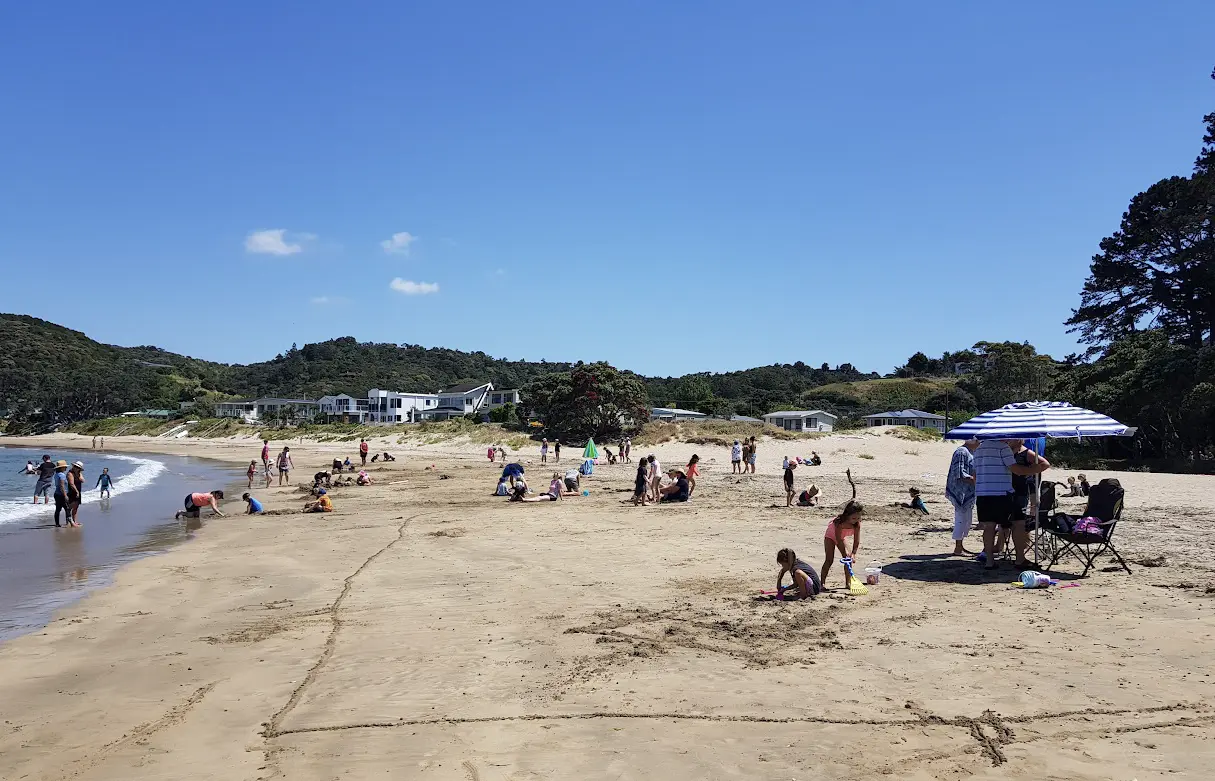
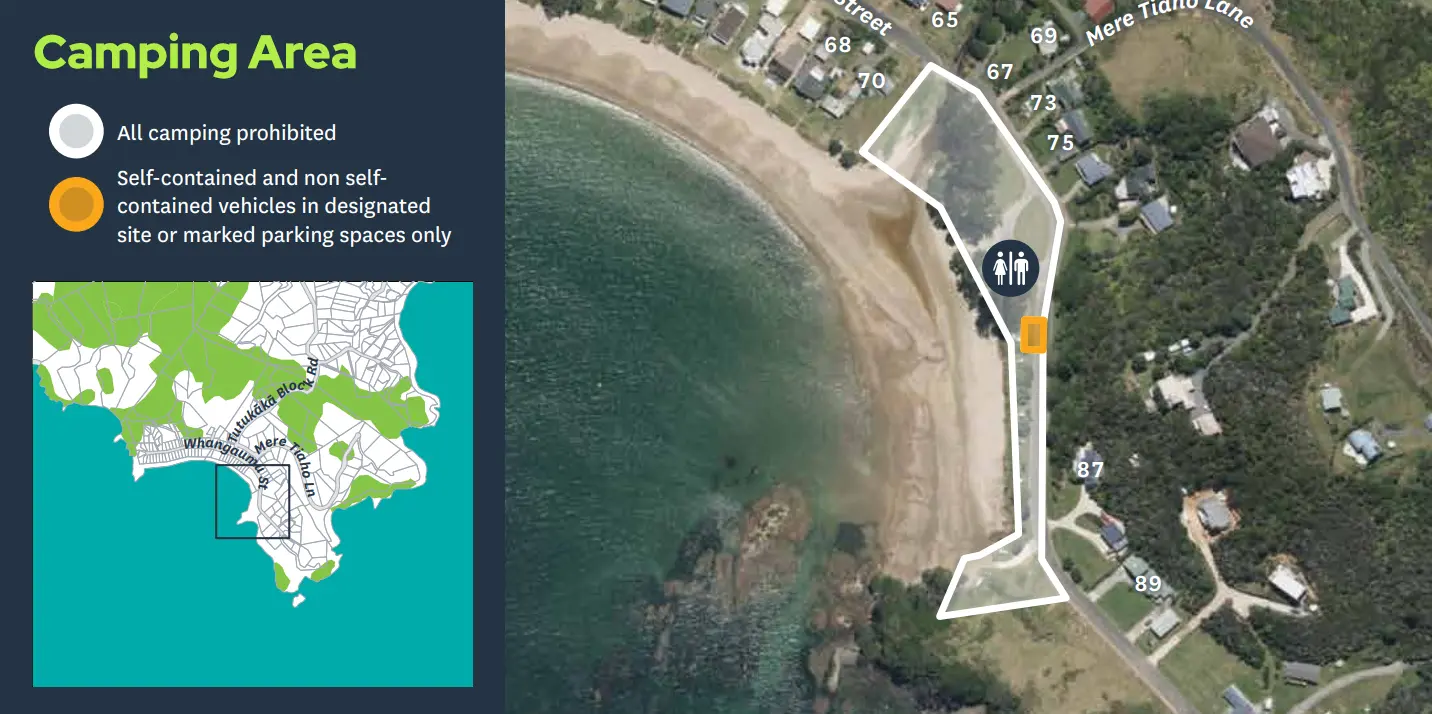
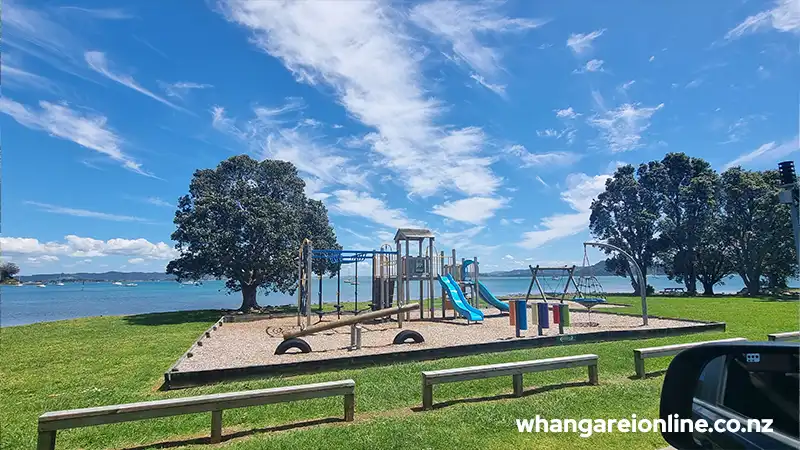

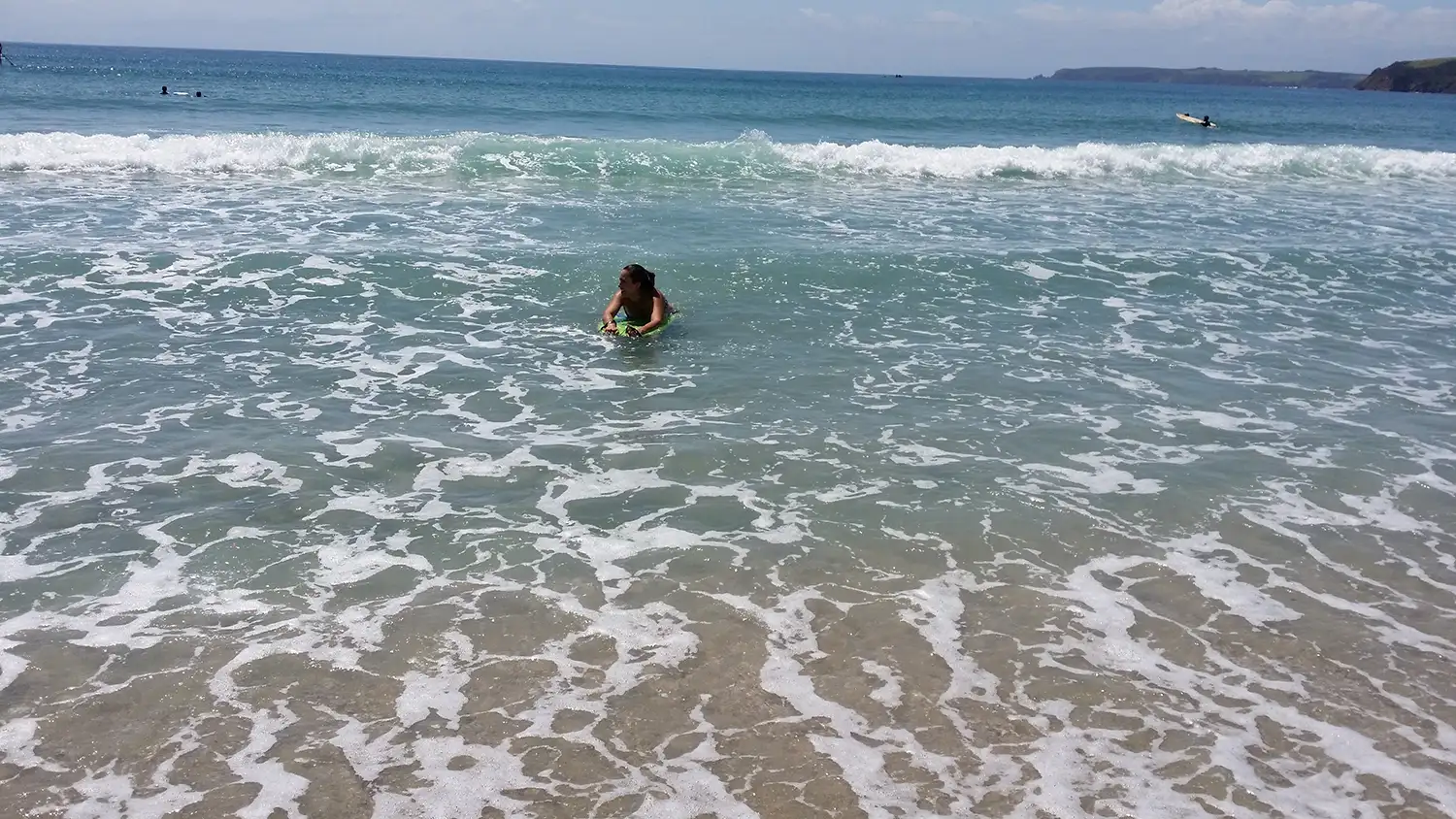
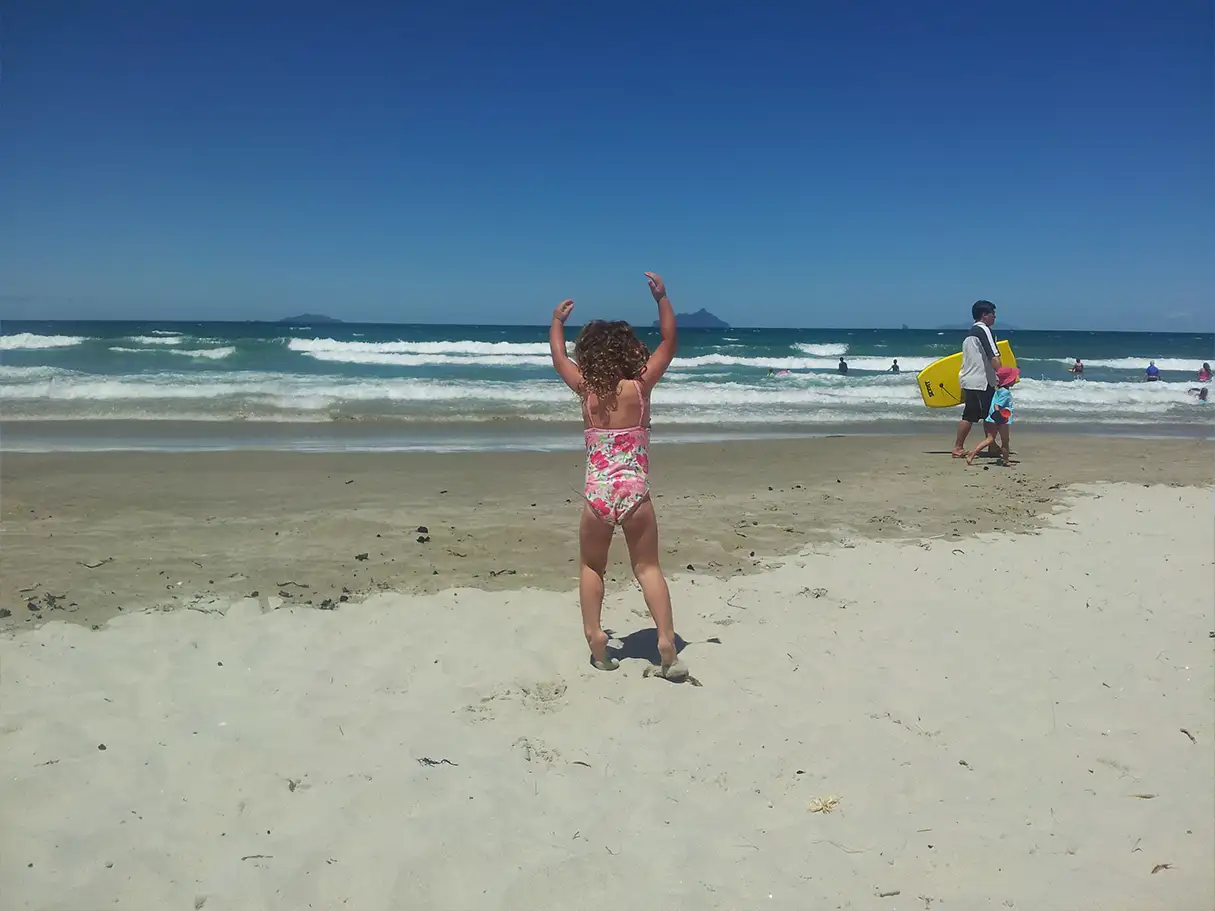
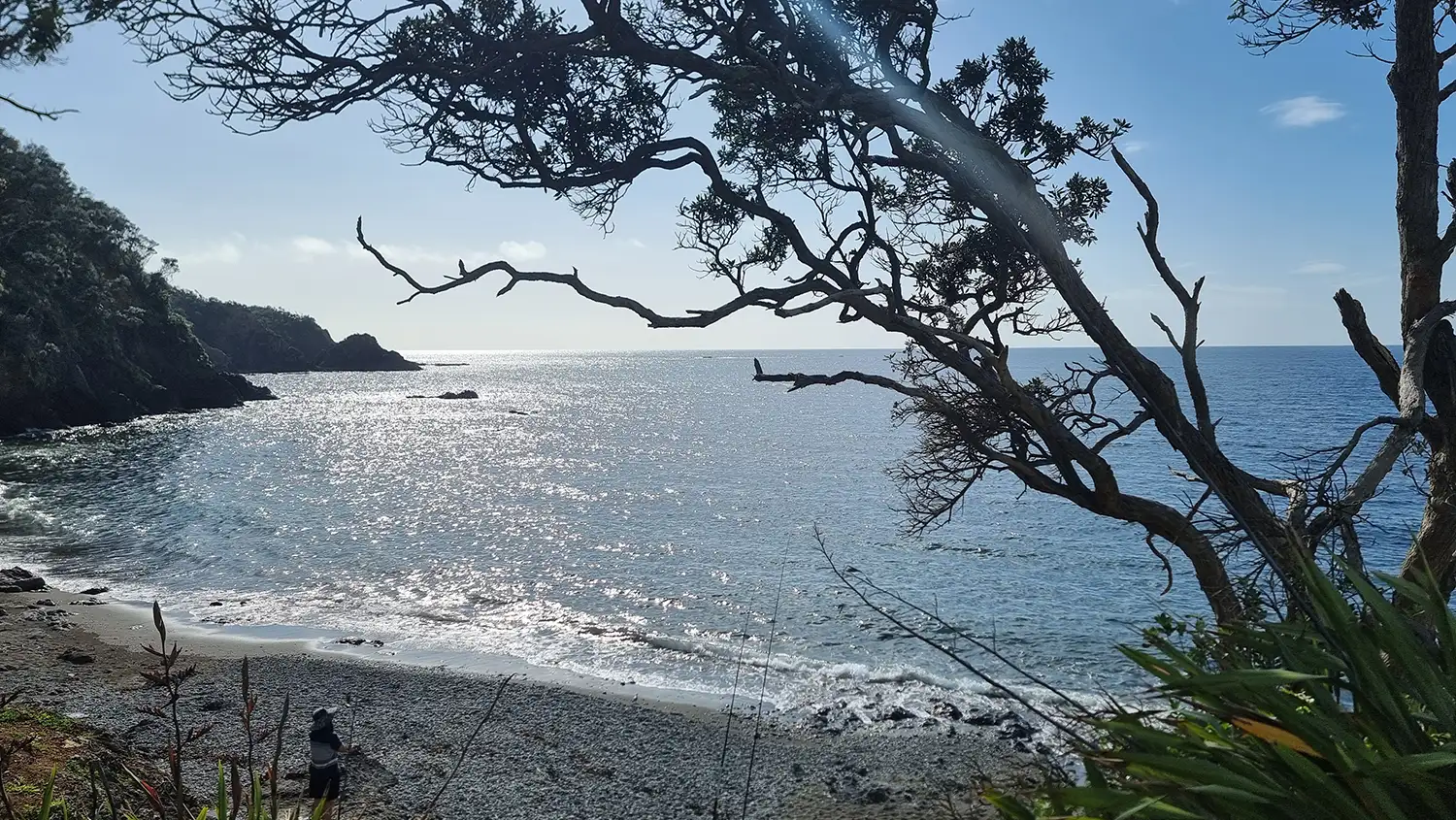
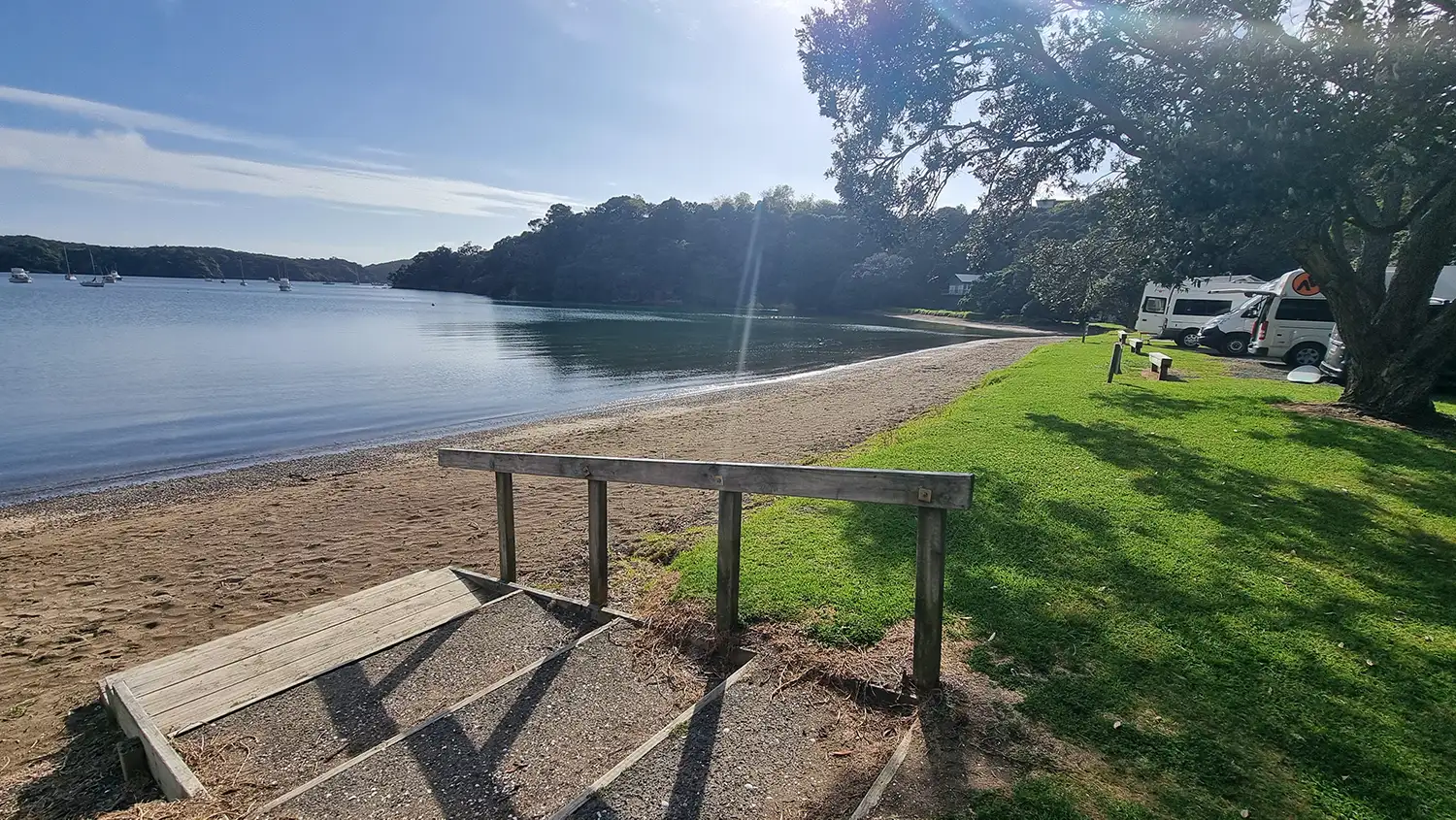
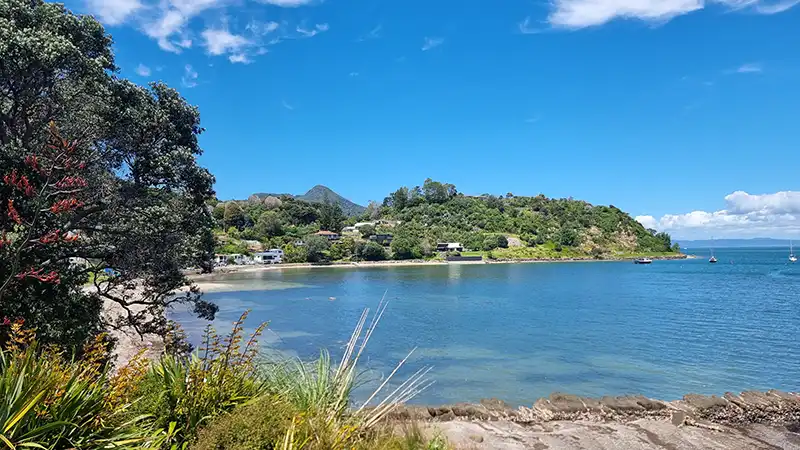
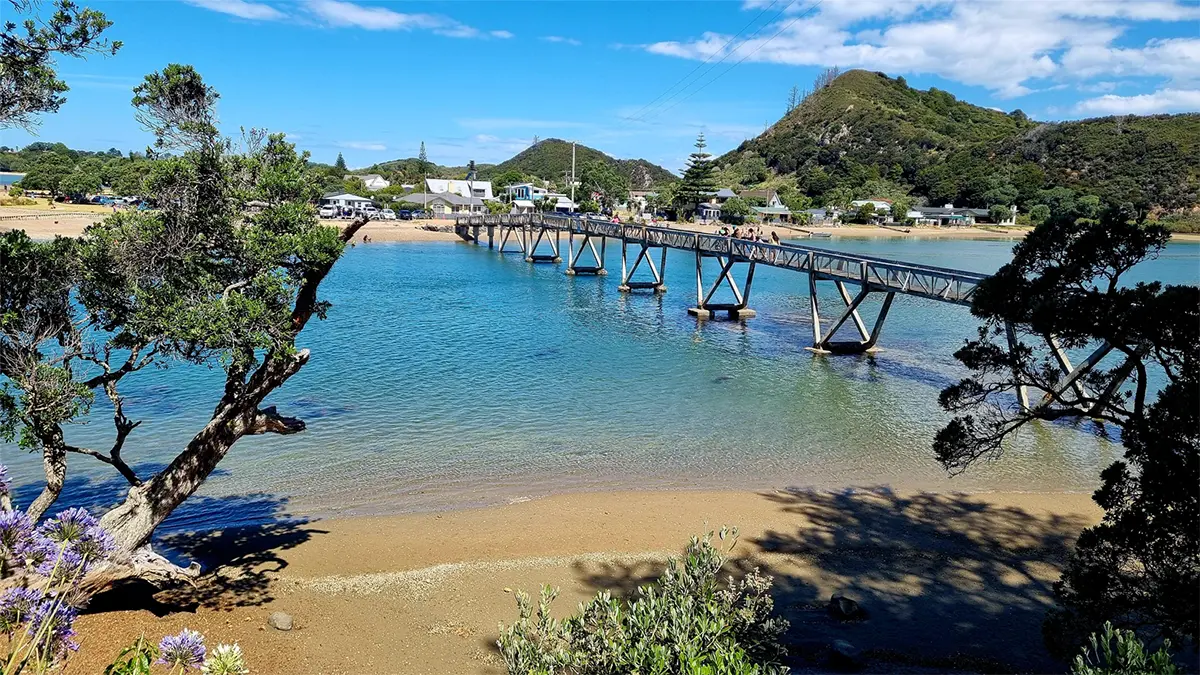
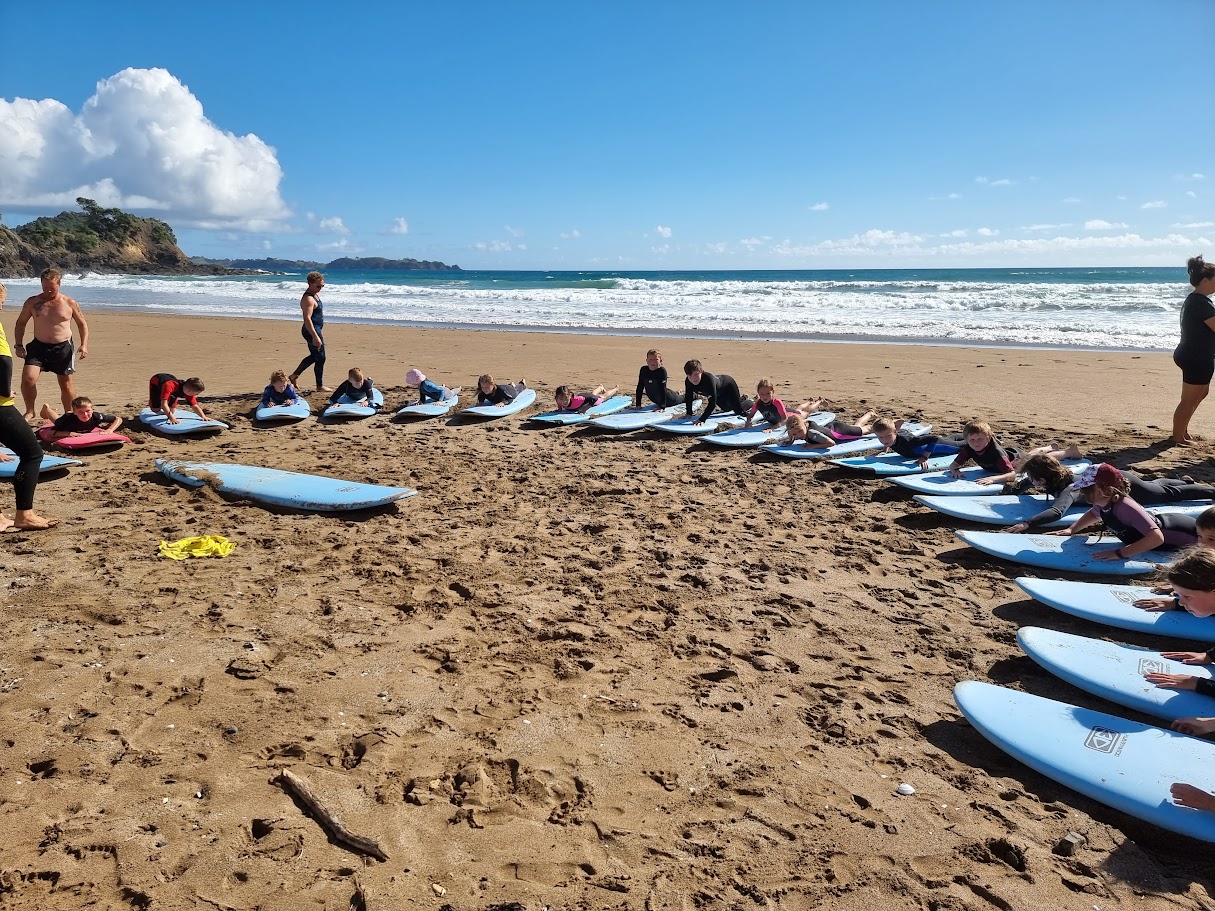
1 Review on “Whangaumu Bay”
One of the best beaches in the area for families. More sheltered than Matapouri and no walk like Whale Bay. The waves are usually small and there are rock pools nearby for the kids to explore. A wonderful spot!